SignalPlus Macro Analysis Special Edition: Will the Real 'Trump-Put' Please Stand Up?
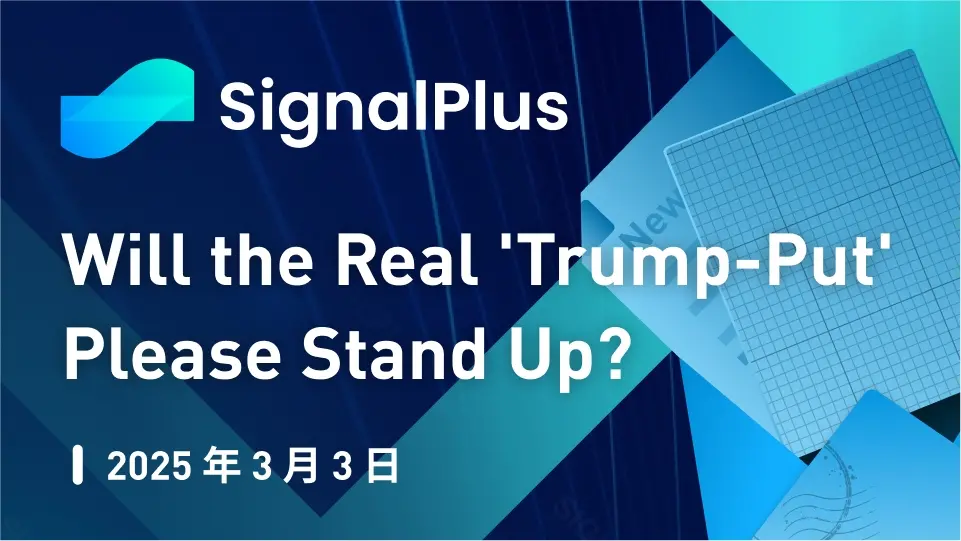
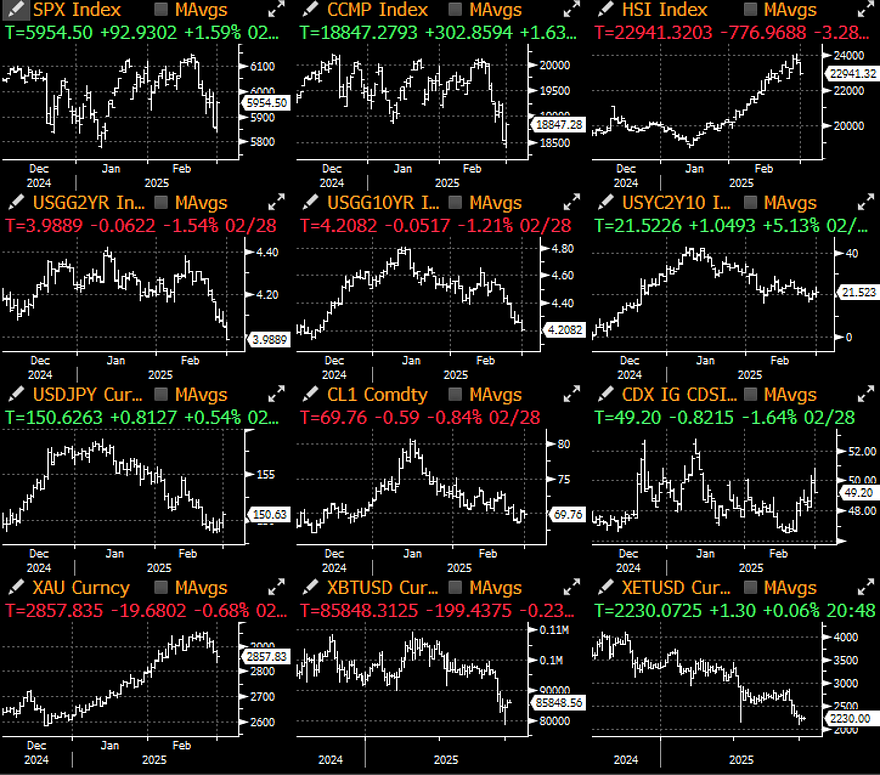
The market environment is chaotic, and it's hard to know where to start. First, regarding cryptocurrencies, the price of BTC plummeted to $78,000 last week. According to Coinglass, over $3 billion in futures long positions were liquidated, and BTC is set to experience its worst monthly performance since June 2022. At the same time, ETFs saw the largest single-month outflow in history (with $2.5 billion leaving just last week).

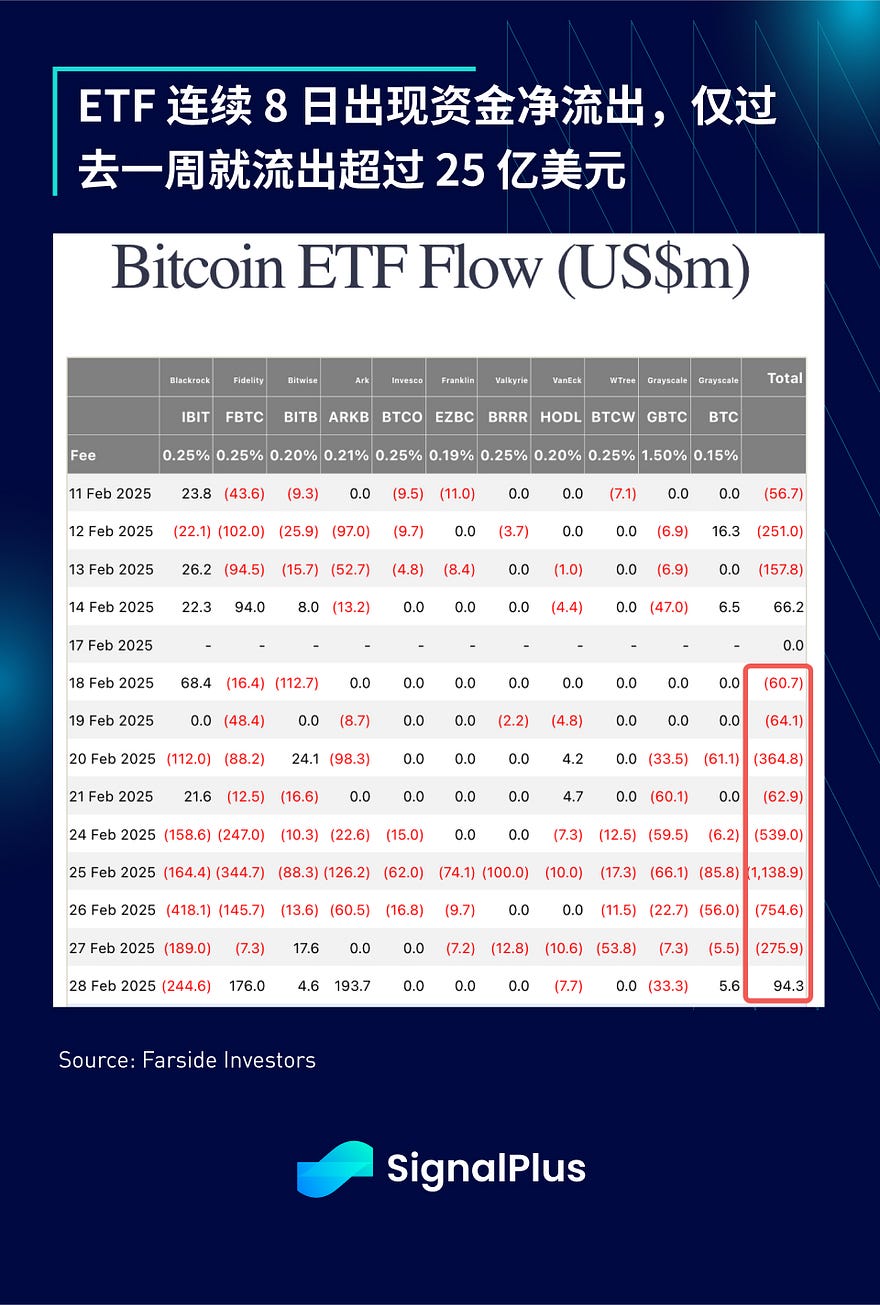
As prices crashed, market sentiment deteriorated significantly. Last Friday, Alternative's "Fear & Greed" index fell to an extreme low. Subsequently, the Trump administration intervened, bringing two pieces of good news: announcing a "Cryptocurrency Summit" at the White House this week and proposing to include five tokens in the new strategic reserve (BTC, ETH, SOL, XRP, ADA).
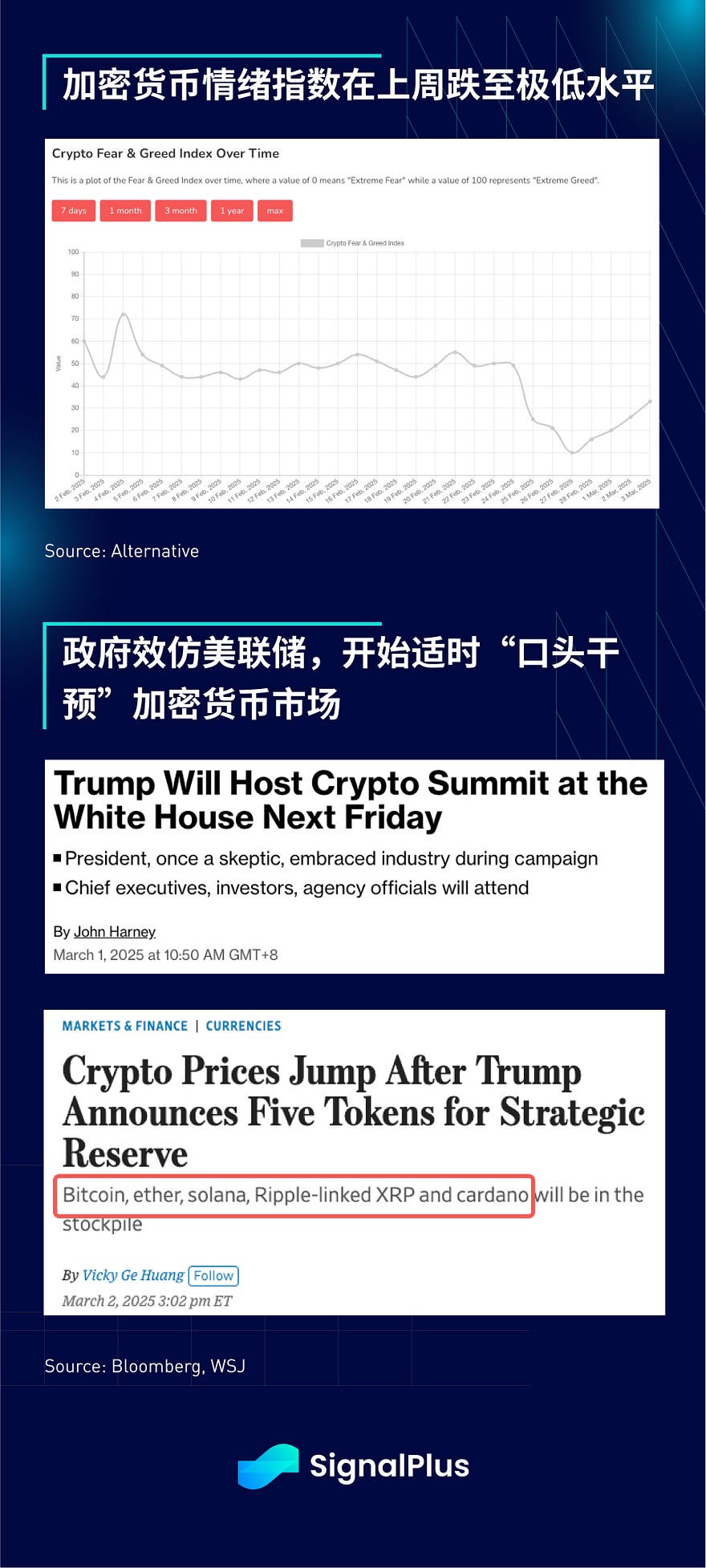
Encouraged by this, coin prices rebounded sharply, with BTC prices rising significantly. However, it faced resistance around $92,000 to $93,000, which corresponds to a long-term trend line resistance level. If the government is learning from the Federal Reserve how to "manipulate" asset markets—oh no, I should say "verbally guide" market trends—then so far, their timing and technical control have been impeccable. Does this mean we are witnessing the gradual formation of a "Trump Put" in the cryptocurrency market?
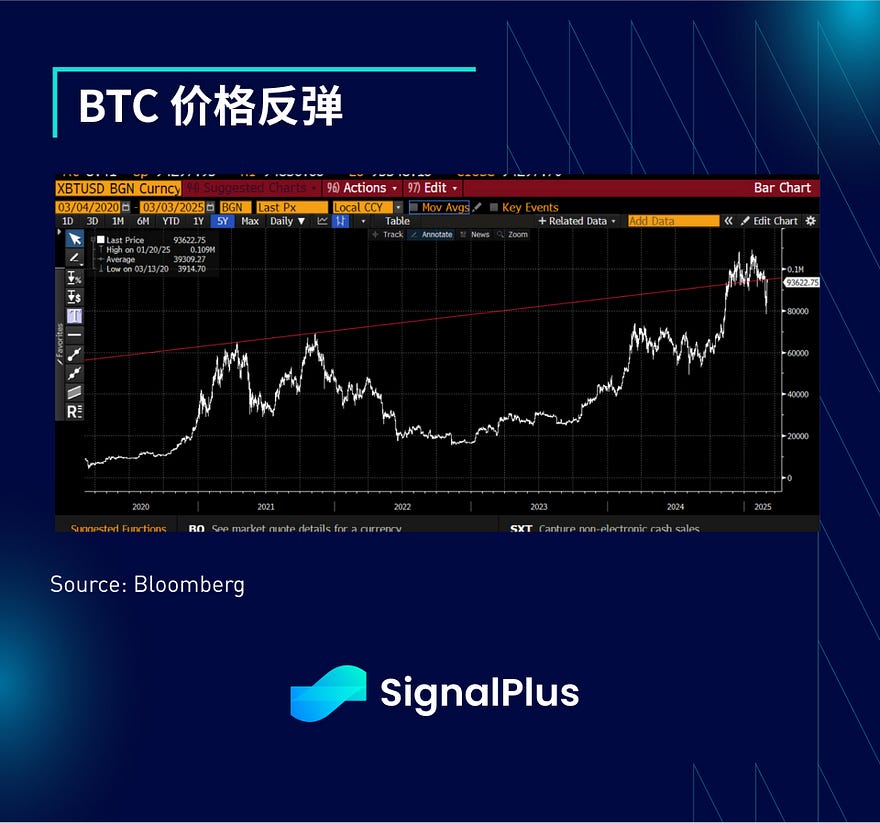
However, the news of the "strategic reserve" has not been accepted by all market participants. Long-term supporters and opinion leaders of decentralization (such as Naval Ravikant) do not support it, and discussions and controversies regarding the composition of reserve assets are likely to continue to ferment for some time. If the Democrats choose to embrace BTC and become BTC extremists to oppose the Trump administration, it would be quite an ironic situation.

Our intuitive judgment is that this rebound may only be a corrective rebound within the trend, as the structural forces at the recent peak still exist (memecoin FUD sentiment, losses affecting trading accounts, excessive market leverage, overall risk aversion in the asset market, etc.). Not to mention that the legislative process for establishing a cryptocurrency strategic reserve remains long and full of uncertainties.
It is important to emphasize that the U.S. president does not have the power (or funds) to directly purchase cryptocurrency assets; relevant measures still need to be approved by Congress and follow legislative procedures. Additionally, before taking any substantial action, funds must be obtained through debt issuance by the Treasury.
While we hold a positive outlook on the long-term development direction of market narratives, we must also remind that the market should not have overly optimistic expectations for short-term progress. In the foreseeable future, cryptocurrency prices will still be closely related to the macro market's risk appetite/aversion sentiment.
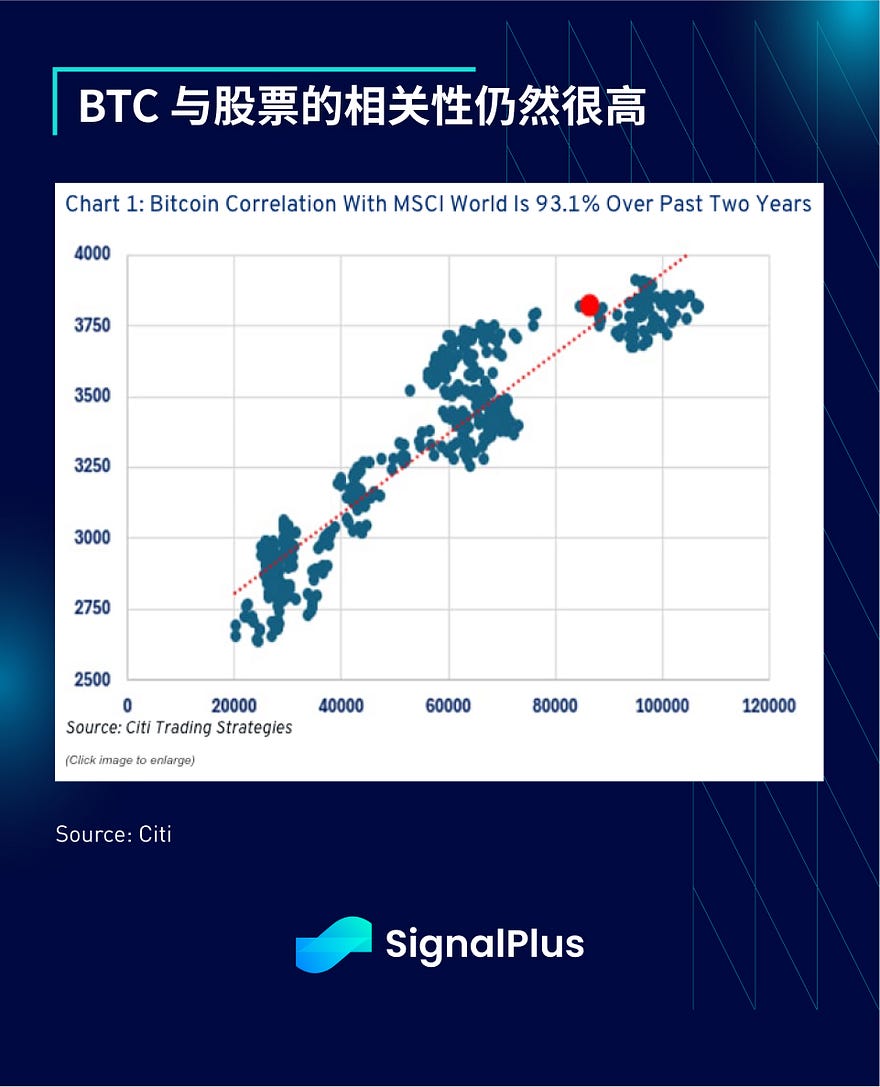
Returning to the macro market, although the stock market rebounded last Friday, stocks most affected by Trump’s policies have fallen about 80% from their election peaks. His uncertain stance on tariffs and DOGE spending cuts has also begun to negatively impact market sentiment.
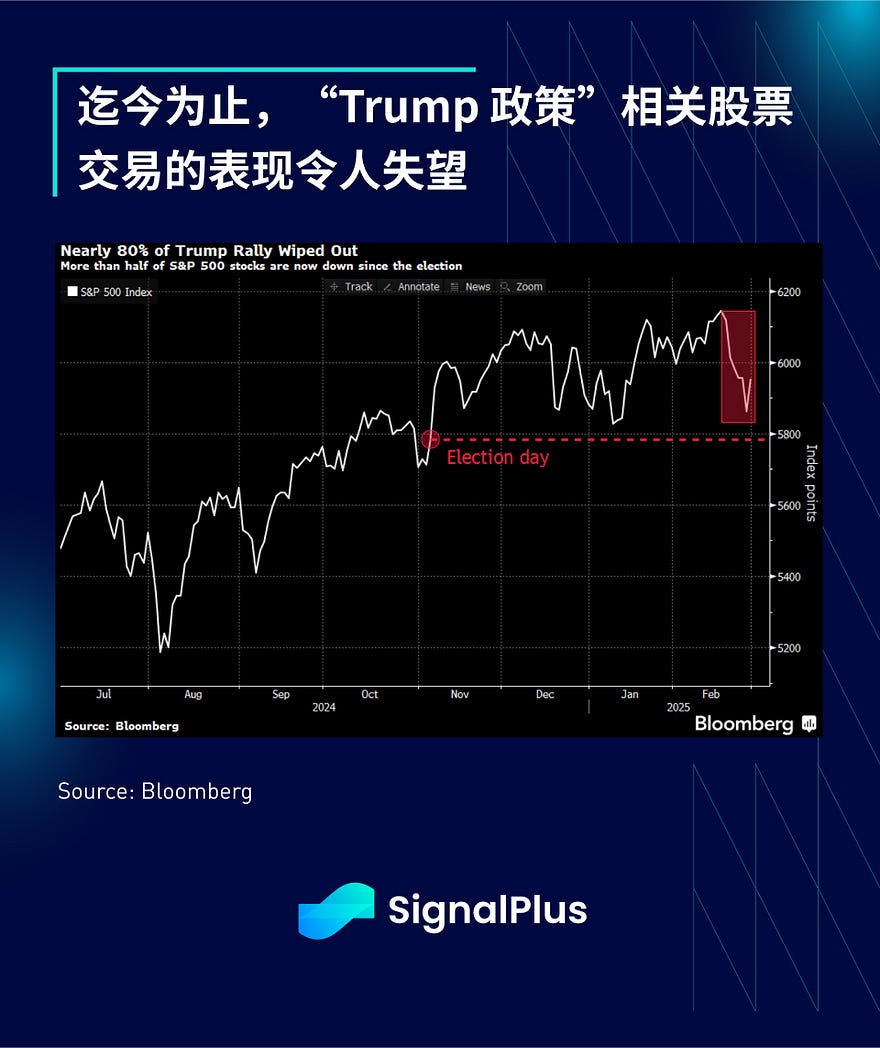
Although U.S. stocks rebounded (+1%) last Friday under oversold conditions, slightly narrowing February's trend, overall macro market sentiment has clearly become more negative, with most Economic Surprise Indexes turning negative.
Notably, the Atlanta Fed's first-quarter GDP growth forecast saw a record decline last week, revised down from +2.2% to -1.3%, primarily due to severe weakness in exports (from -$29 billion to -$250 billion) and consumer spending (from +2.2% to +1.3%).
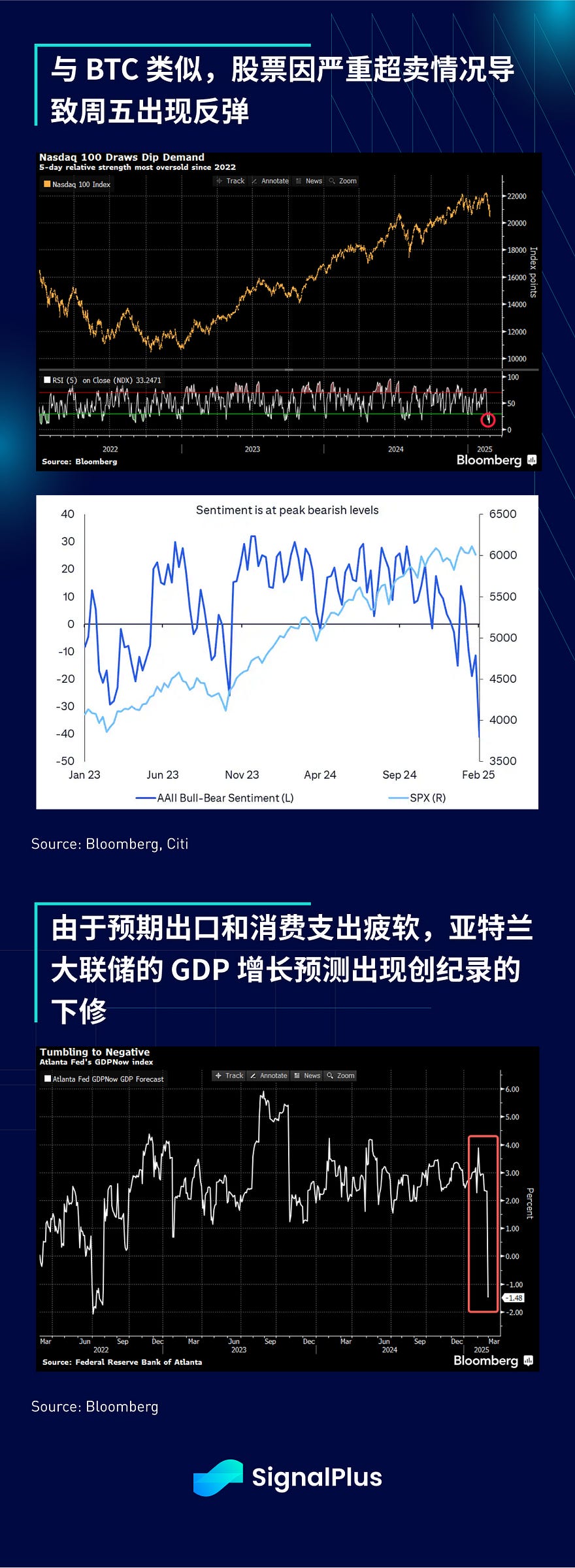
Consumer credit and housing market data continue to decline sharply, further exacerbating expectations of weak economic growth. New home sales have hit a record low, while new housing starts have begun to decline after the post-pandemic boom.
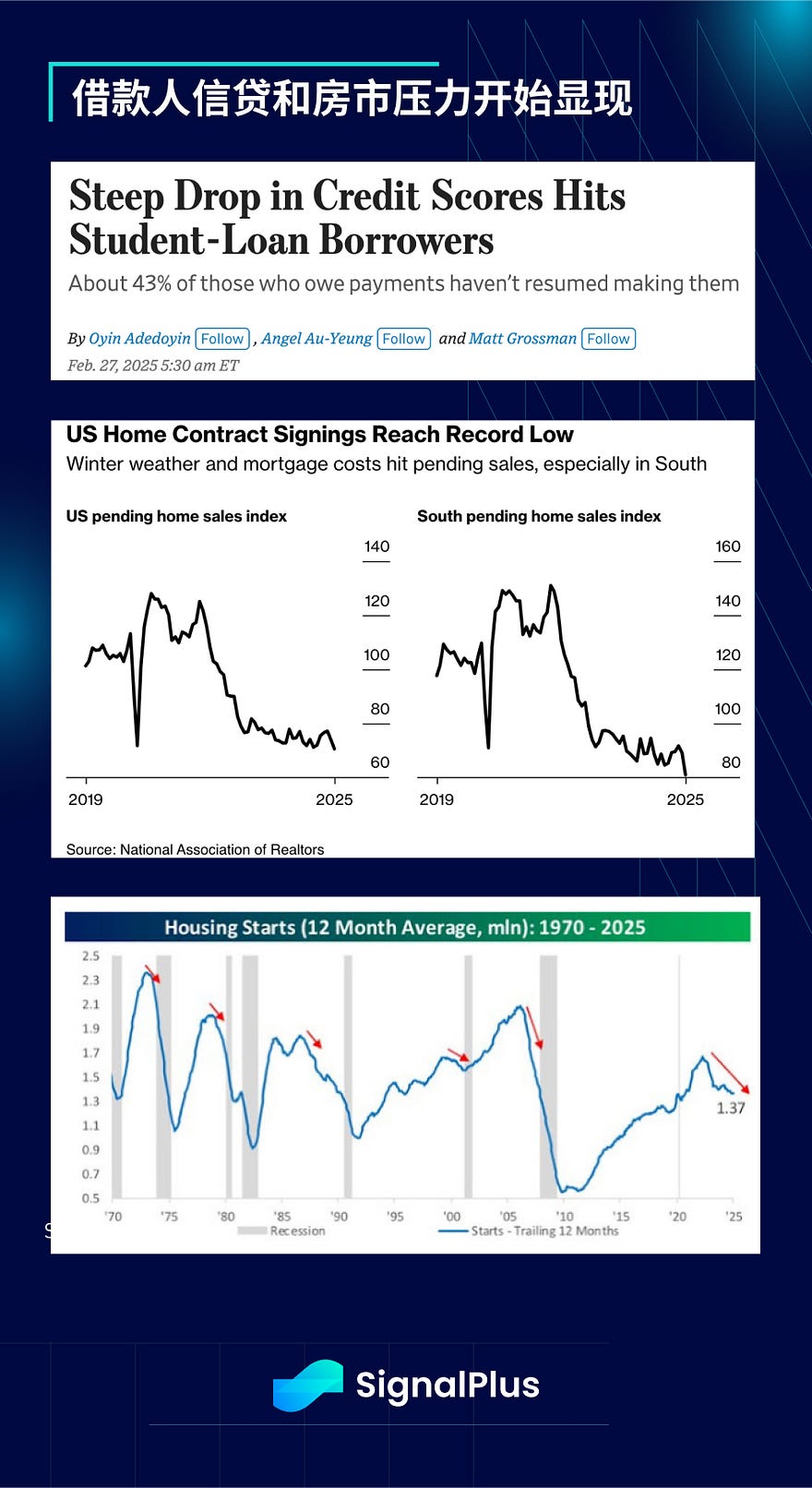
Meanwhile, Treasury Secretary Bessent seems unconcerned about the current economic slowdown, blaming economic pressures on "Bidenflation" and the policies of the previous administration. Interestingly, he explicitly stated that "6 to 12 months from now" will be the real "Trump economy," suggesting that the government is not in a hurry to address the current economic downturn, which also implies that the stock market's "Trump Put" may not take effect until a year later.
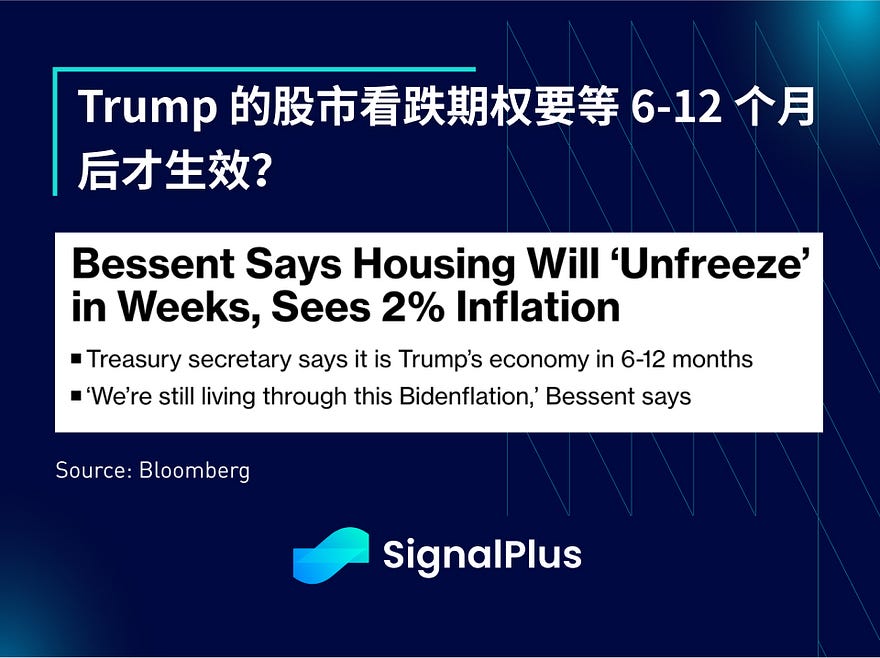
If the Trump Put in the cryptocurrency market is currently only verbal, while the Trump Put in the stock market will not take effect until next year, then where is the real Trump Put? We believe that the macro (and cryptocurrency) community has overlooked a key point: the real Trump Put has always been at work in the fixed income market.
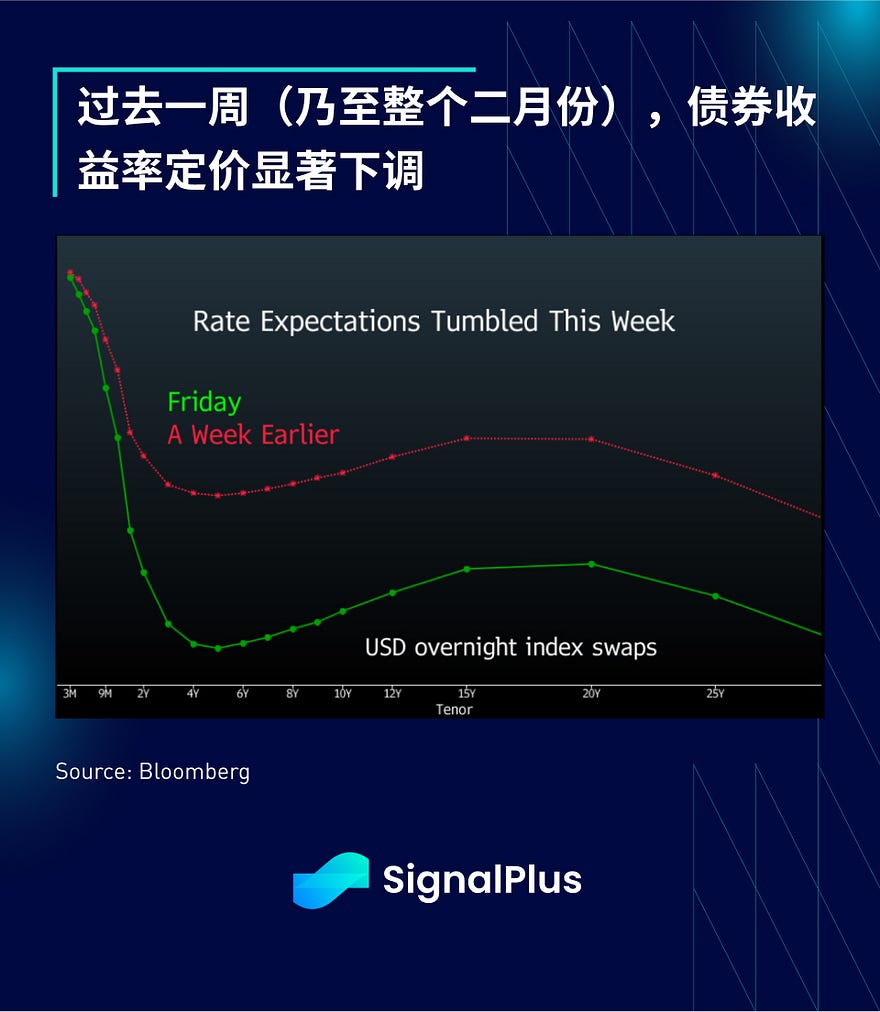
Here are some observations from the past month:
- Bond yields have significantly declined, with expectations for the first rate cut this year moved up from the end of the year to early summer.
- Core PCE has quietly decreased, reaching its lowest level since March 2021 (3.096%).
- Elon Musk has clearly stated that the bond market should thank the government for the DOGE spending cuts.
- In a January X conference call, Elon Musk stated:
"If you are shorting bonds, I think you are on the wrong side."
- Treasury Secretary Bessent stated in a public interview with Bloomberg TV:
"We are not focused on whether the Fed will cut rates… After the Fed's massive rate cuts, the 10-year bond yield rose, raising questions about whether monetary policy can effectively influence the overall economy."
- Bessent further emphasized:
"The president wants to see lower rates… In our discussions, we mainly focus on the 10-year bond yield." "The president has not asked the Fed to cut rates; he believes that as long as we relax regulations on the economy, push for tax reform, lower energy costs, etc., then interest rates and the dollar will adjust themselves."
It is clear that the Trump administration has a deep understanding of how financial markets operate and recognizes how declining long-term interest rates can benefit the economy. In fact, focusing on long-term interest rates rather than overnight rates aligns with the logic of the Fed's QE (quantitative easing) or Operation Twist, just expressed differently.
In other words, the current strategy of the Trump administration is clearly to lower long-term interest rates, allowing the benefits of reduced funding costs to naturally spill over into the dollar, stock market, and cryptocurrency market. Therefore, we believe that the real "Trump Put" in the market is in the bond market, not the stock market, and investors can adjust their investment strategies accordingly. (Disclaimer: Please do your own research, not investment advice)

This week, the market's focus will be on whether the U.S. will impose a 25% tariff on Mexico and Canada as scheduled, followed by the European Central Bank meeting and Friday's non-farm payroll report. After experiencing significant volatility last week, risk assets may take a breather, and recent trends may maintain a volatile consolidation pattern, with upside potential likely limited.
Wishing everyone successful trading!









